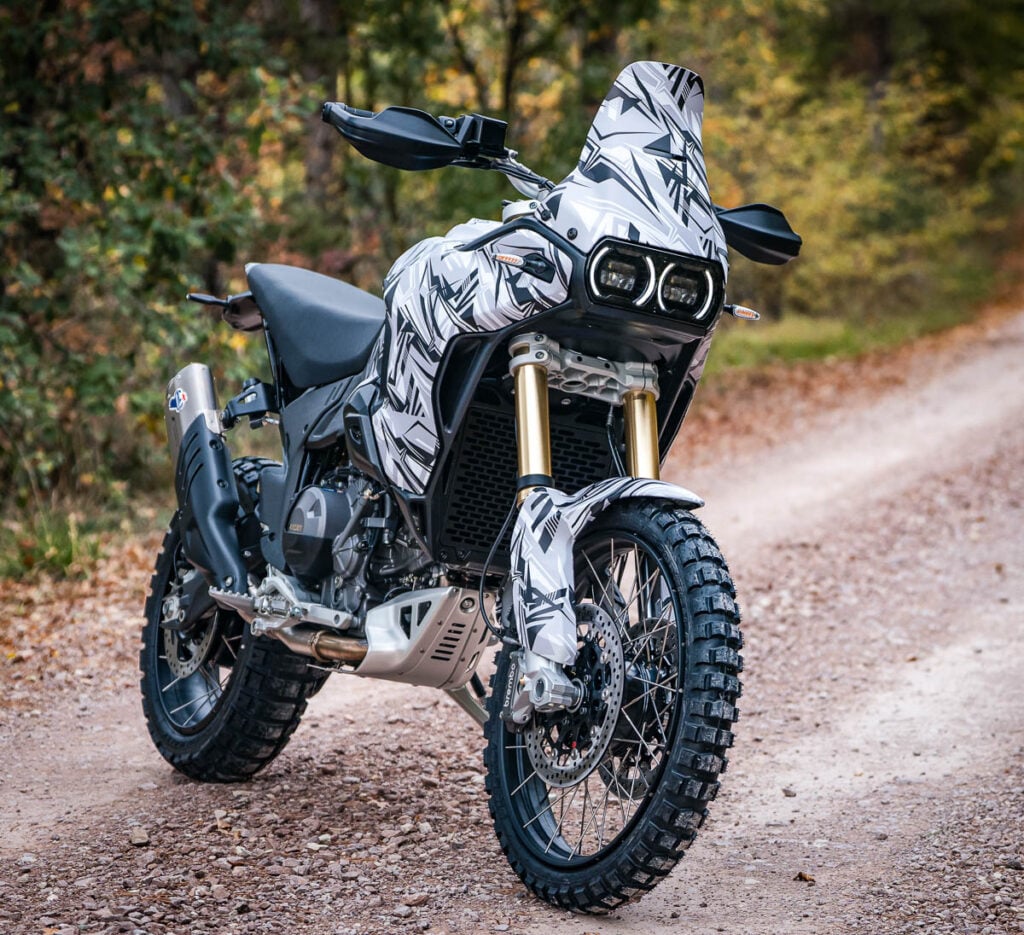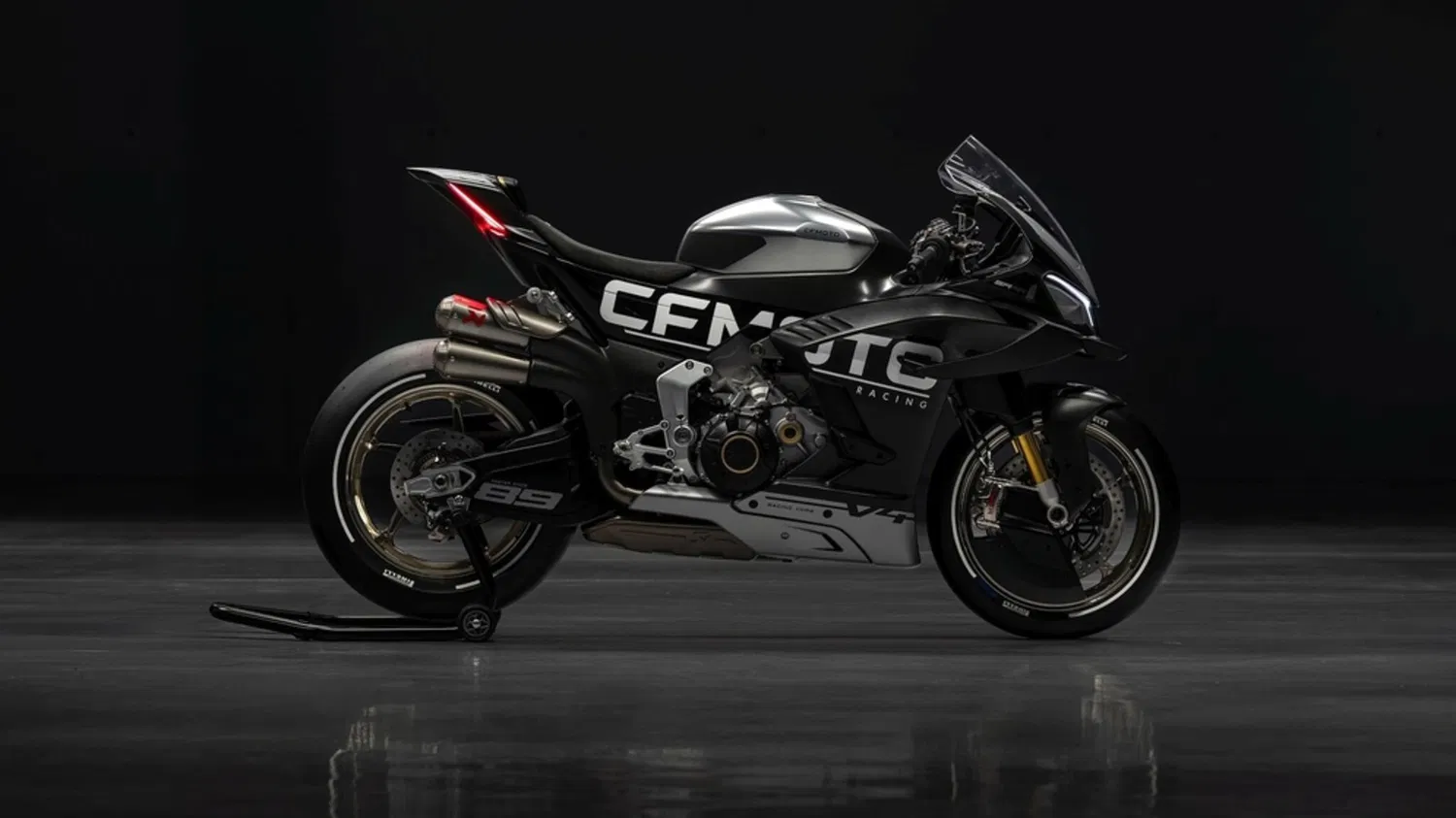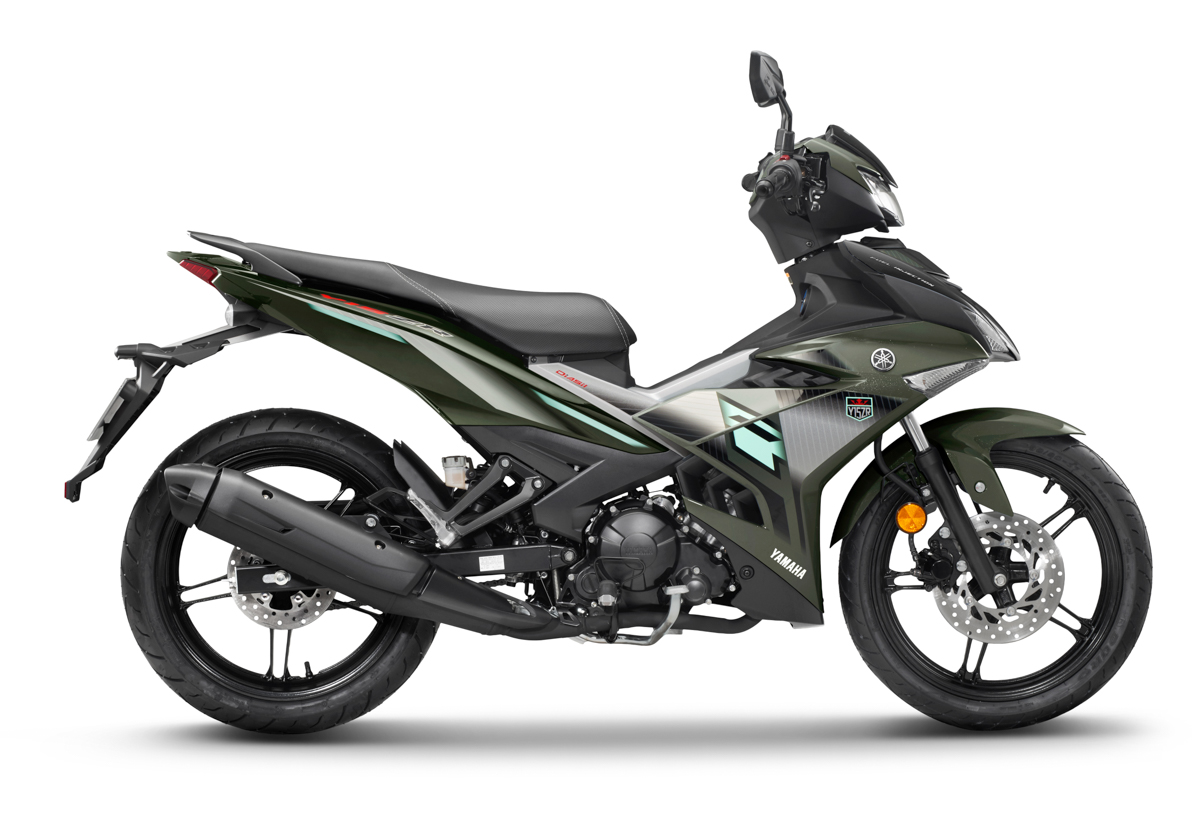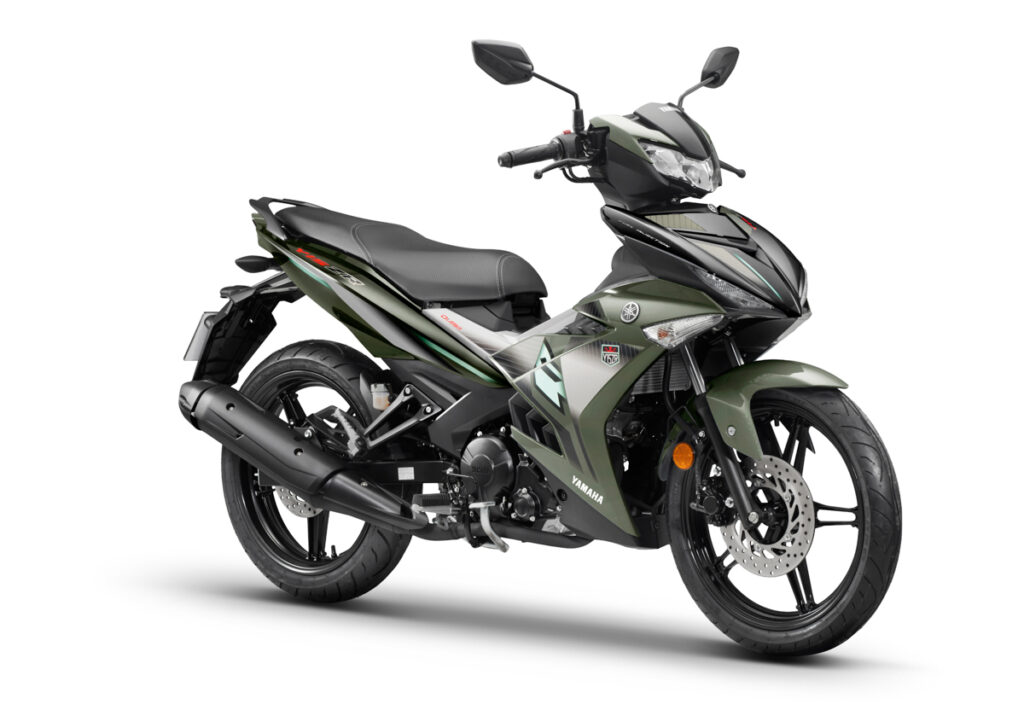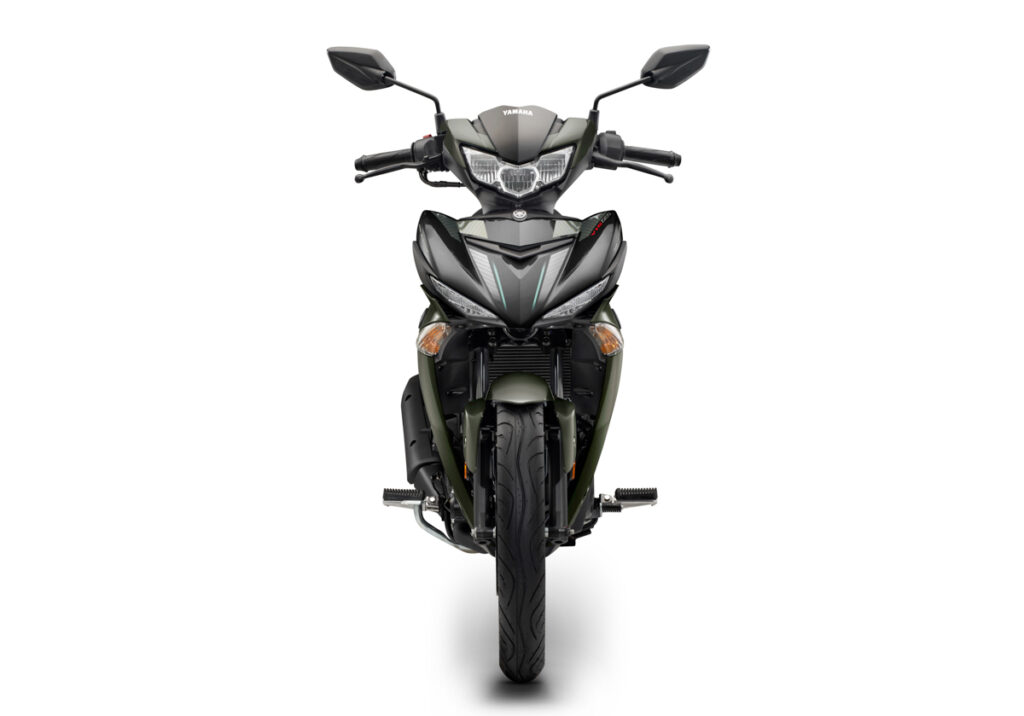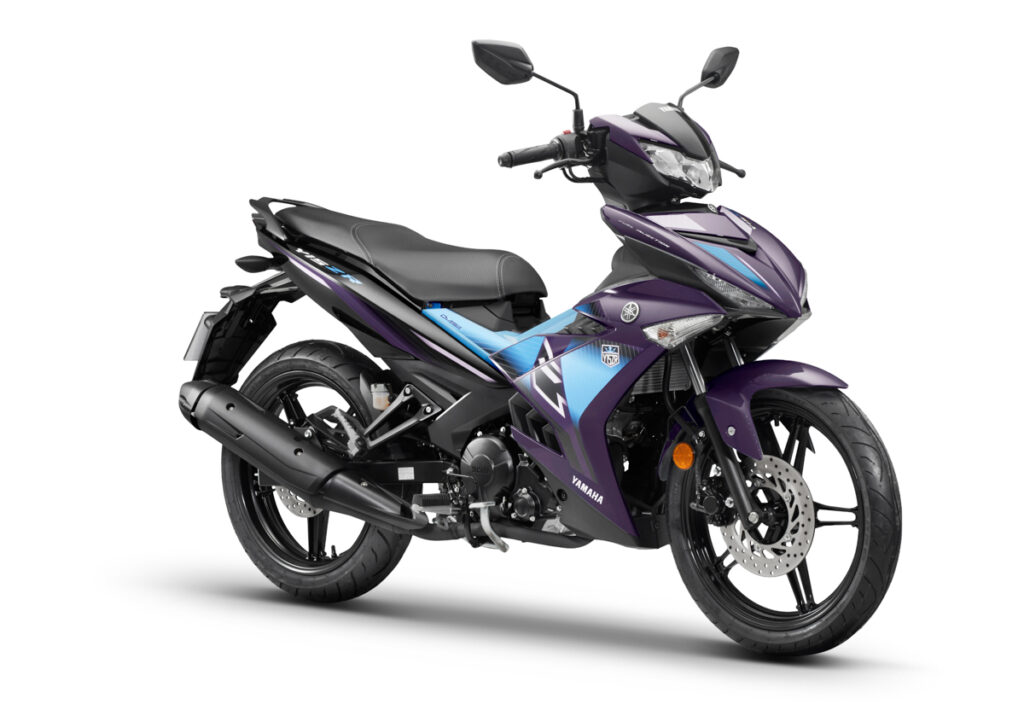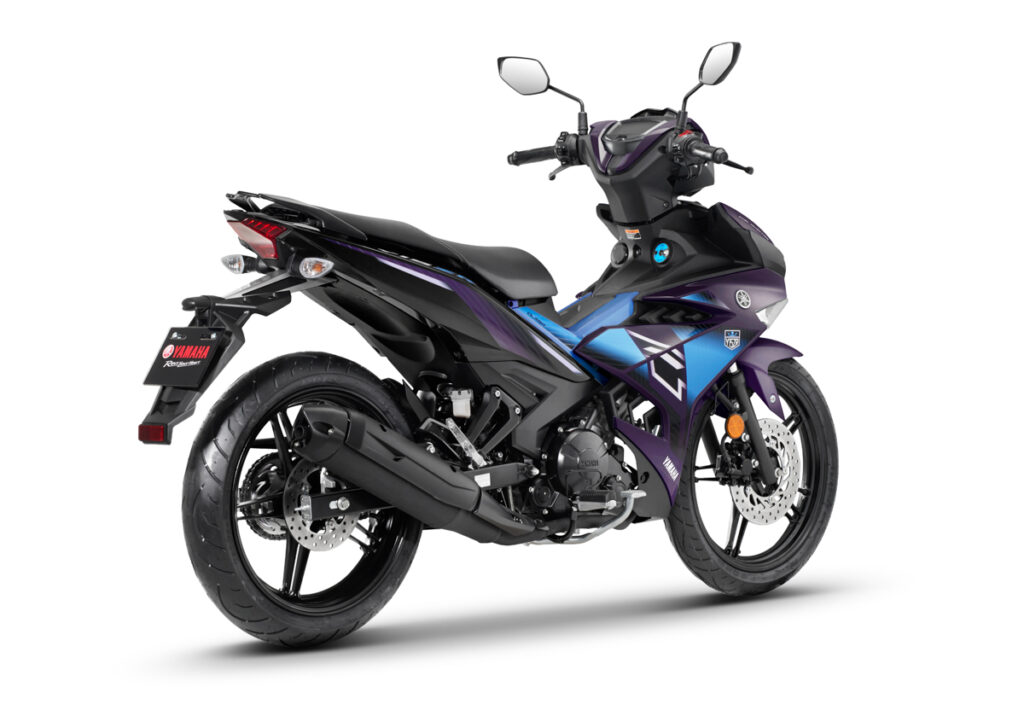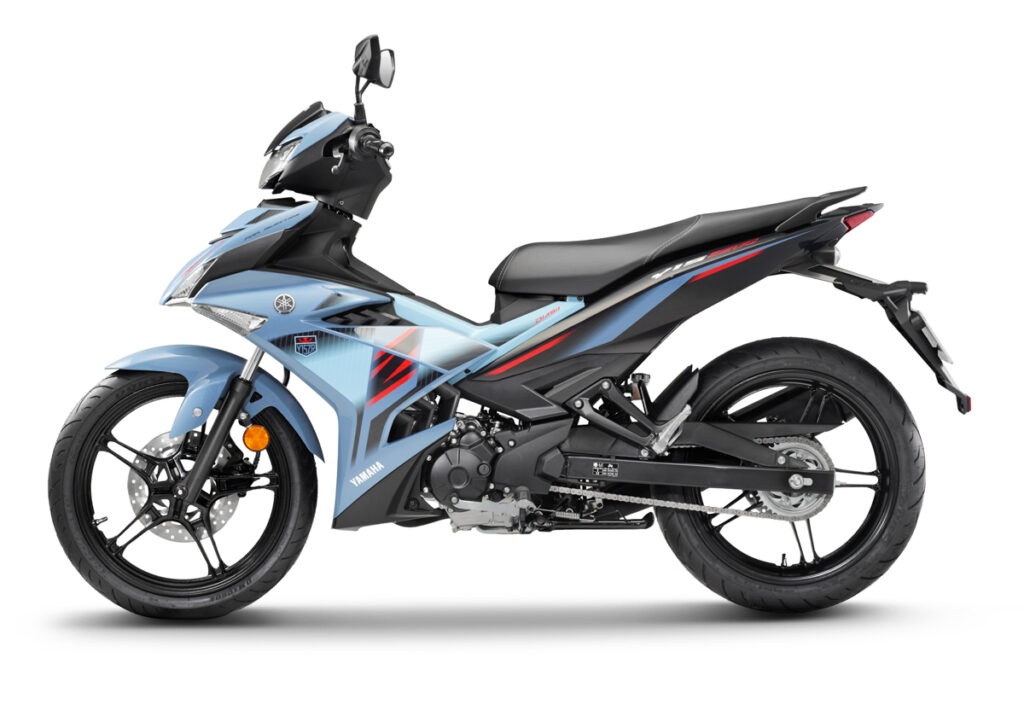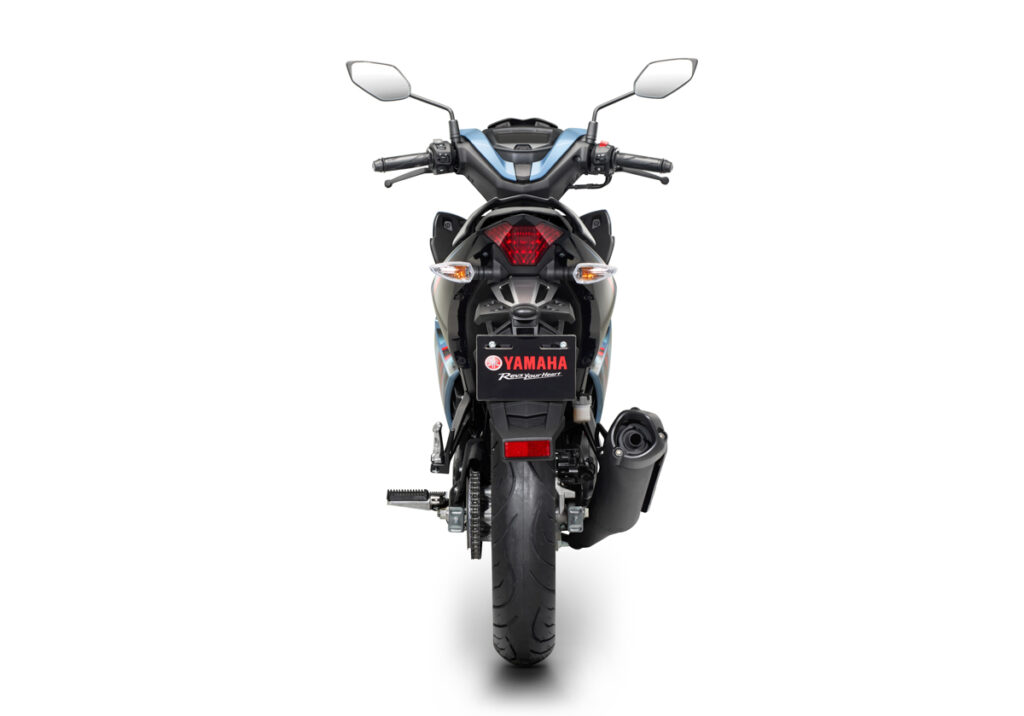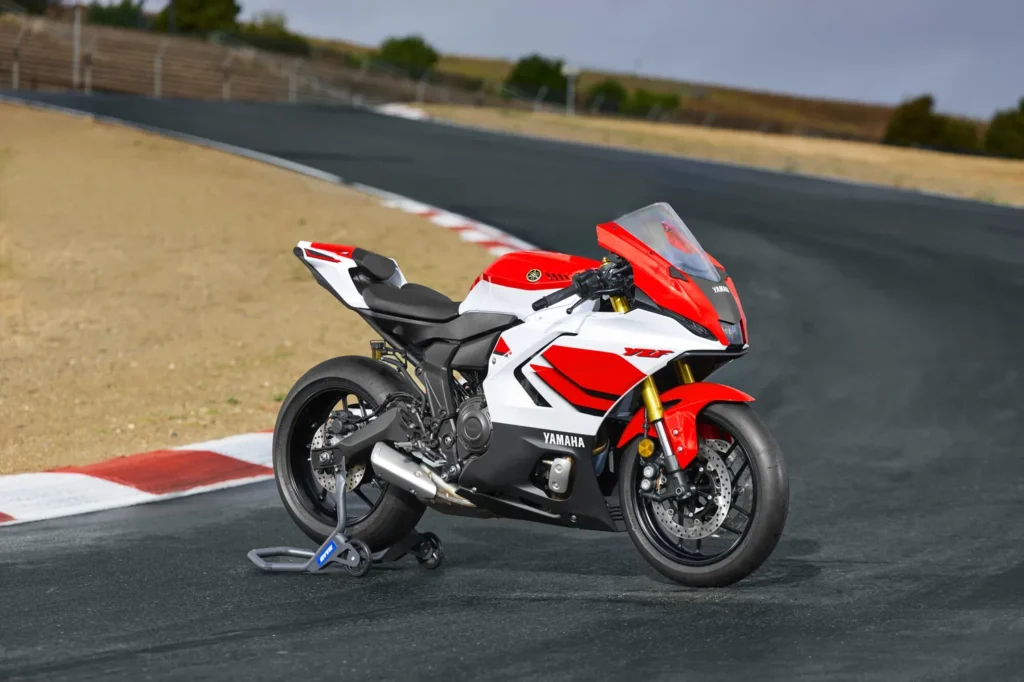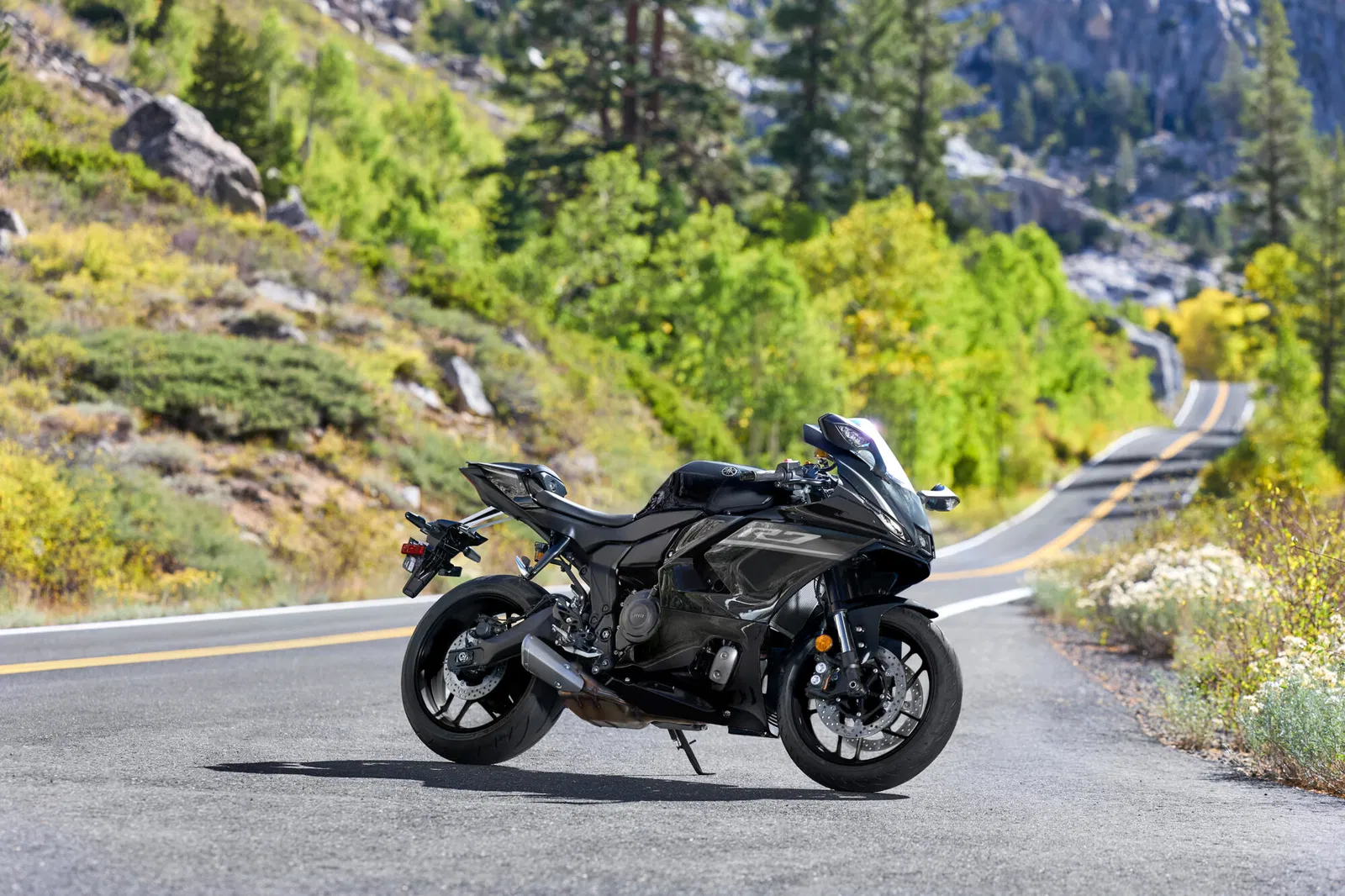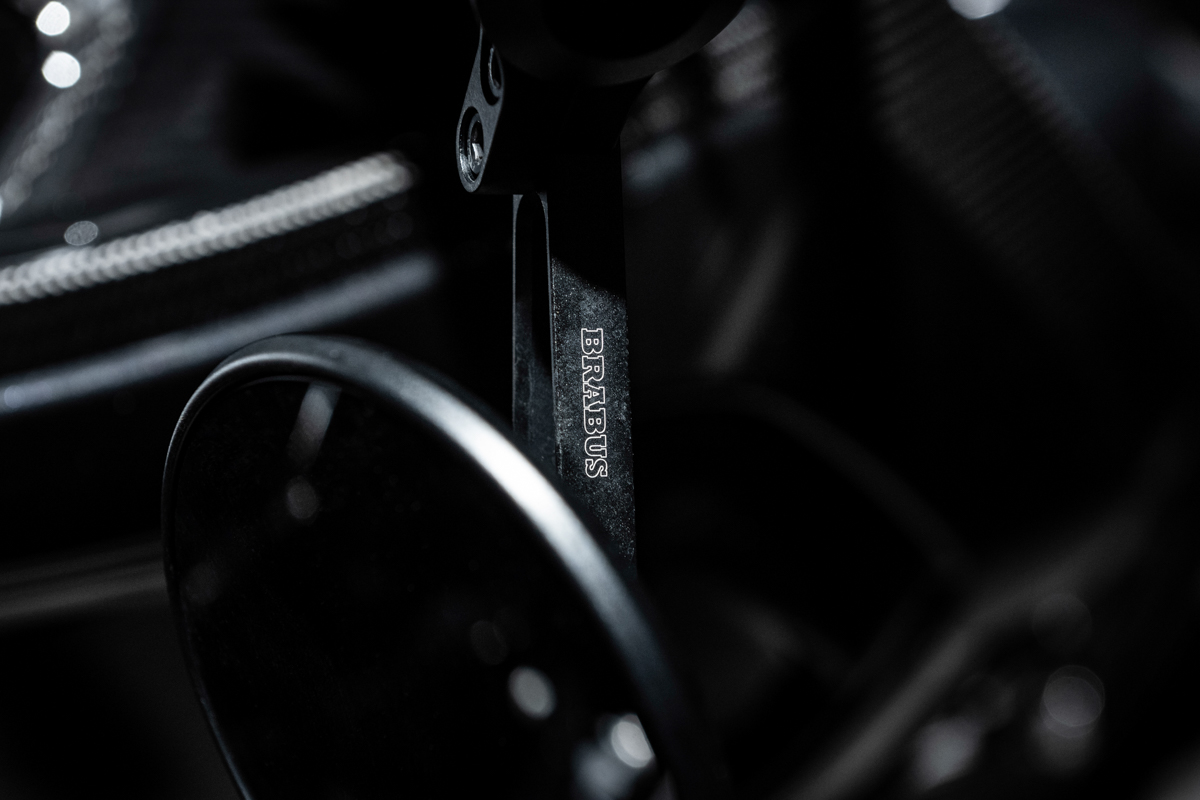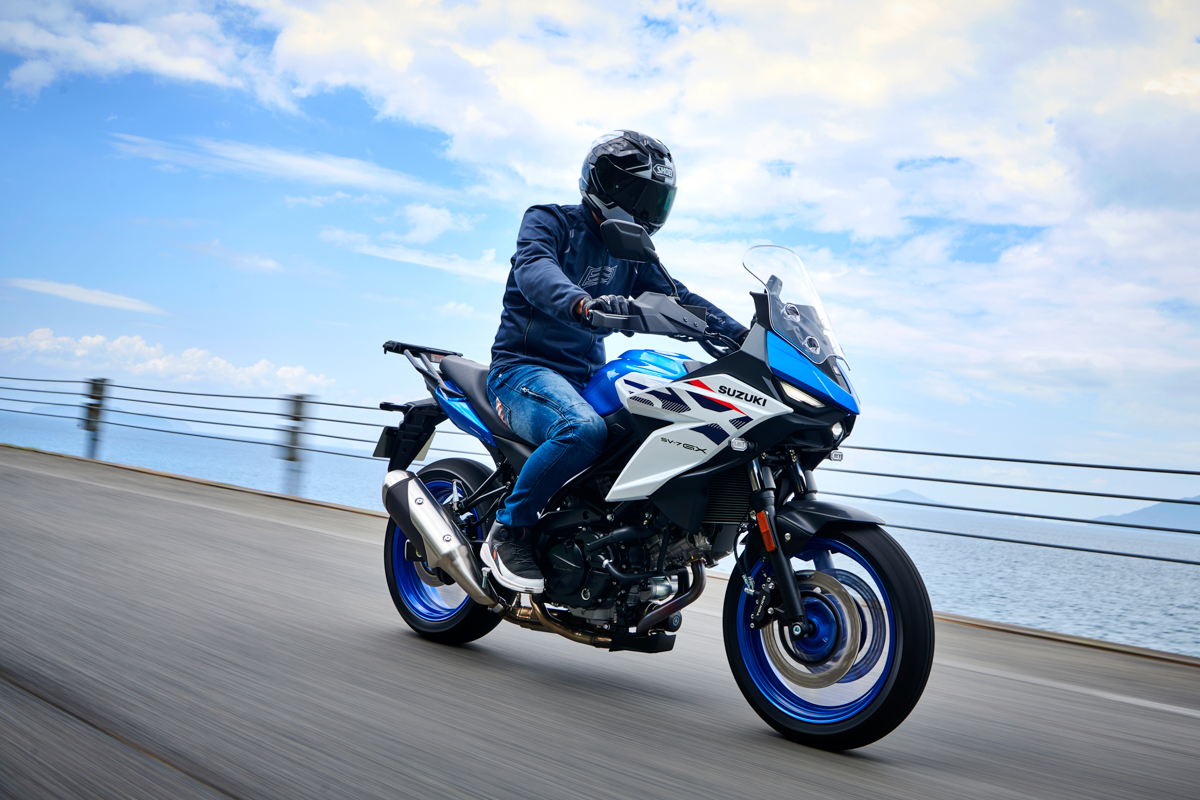Gracshaw is a homegrown helmet brand that has a long and established standing in the motorcycle market. Their popularity stems from bold designs, colours, and graphics that set them apart. In fact, 2026 marks the brand’s 20th anniversary. As such, Gracshaw had unveiled their new brand identity today (13 November).
From Gracshaw’s Press Release
GRACSHAW marks its upcoming 20th anniversary by introducing a new brand identity. This new chapter positions GRACSHAW as a lifestyle-driven helmet brand striving to become a trendsetter that unites riders through experiences that celebrate passion and creativity. On top of that, GRACSHAW’s new helmet lineups are designed to meet the needs of Malaysia’s fast-evolving scooter-riding community.
For Street. For Riders.
In celebration of its 20-years journey, GRACSHAW is taking a bold leap forward to become a lifestyle-led brand. Its new logo features a bold stroke across the letter “G”, capturing motion in its purest form – a design stripped to conviction, expressing power with precision and confidence without excess. The new tagline, “FROM STREET” shapes the brand’s design philosophy, drawing inspiration from bold, unapologetic street culture that celebrates enthusiasm and expression. In addition, it stands tall as the ‘Alpha from the Street’ by setting new trends and redefining the riding scene. Together, the new logo and tagline embody a culture where helmets become expressions of riders’ personalities and stories.
In this new chapter, GRACSHAW puts helmets and the riding community at the heart of everything it does. It defines itself by three core manifestos: radical, uncompromising, and human-first, by launching designs underpinned by a brand ideology built on the three pillars of style, attitude, and authenticity. Through this movement, GRACSHAW aims to resonate with riders who seek to explore new experiences, connect with others who share their passion and dare to express their identity.
“GRACSHAW rebranding initiative aims to cultivate a riding culture inspired by street culture – our root,” shared Mr. Chiong Sai Weng, Senior Business Development Manager. “Through this new identity, we’re creating a lifestyle that connects with local riders and celebrates passion and creativity.”
GRACSHAW began its journey in 2006 as a helmet manufacturer producing SIRIM-approved helmets to ensure riders’ safety. The evolution came in 2013 when GRACSHAW distinguished itself as a design-forward brand with the launch of GRACSHAW Originals and limited-edition collaborations.
New Generation of Helmets
Following its rebranding, GRACSHAW officially launches three new helmets engineered for scooter enthusiasts – GENNEX II, GLAIVE, and GLADEON.
GENNEX II
The open-face GENNEX II follows its predecessor’s ethos as a helmet designed for maxi and touring scooter riders. Mature urbanites will appreciate its stylish yet functional design, easily pairing it with their pillion’s gear for a coordinated look, it features a micrometric buckle system for safer and easier fastening.
GLAIVE
Bold and contemporary, the open-face GLAIVE resonates with urban riders who live fast and ride in style. It serves as an ideal companion for compact urban scooters, allowing riders to weave through narrow streets and busy beltways effortlessly. Riders can enhance the helmet’s appearance by installing a rear ducktail spoiler which helps improve aerodynamics and stability at high speeds.
GLADEON
The full-face GLADEON embodies the adventurous spirit of long-distance riders, it is the perfect match for high-performance scooters, tough enough to handle speed and endurance on every ride. This helmet comes with a KlearAF Anti-Fog insert, an ultra-thin lens that keeps the view crystal clear for various weather conditions. Eac GLADEON helmet purchase includes complimentary riding essentials, including the GRACSHAW Balaclava for extra comfort and GRACSHAW Ear Plugs to protect the rider’s hearing.
GRACSHAW also introduces the Fit Check Measurement System, a smart invention that helps riders find the perfect fit for total comfort. This system further reinforces GRACSHAW’s position as a user-centric brand that prioritises riders’ needs and safety.
Every GRACSHAW helmet is built around three core principles: integrated safety, style-forward design, and tech-engineered comfort. All of which are reflected in the new helmet models – GENNEX II, GLAIVE, GLADEON – upgraded features, which include:
- ContourFit Advance Comfort Padding and Inner Liner System: offers a pressure-free fit that adapts at any speed.
- SpecFit Eyeglasses Friendly System: integrated directly into the padding to keep eyewear securely in place even on long rides.
- AeroFlow Ventilation System: delivers continuous cooling through a precisely engineered intake-to-exhaust airflow system.
- Aero-G Cool Comfort Fabric Liner: combats sweat-related odour and bacteria by ensuring lasting freshness and hygiene during long rides under hot weather.
- KlearView High Clarity Visor: provides UV and glare protection while allowing riders express their individuality.
- KlearAF Anti-Fog System: for uncompromised clarity in all weather conditions.
These enhancements reinforce GRACSHAWS commitment to user-centric design principles, allowing riders to experience maximum enjoyment and confidence on the road.
Best of all, scooter riders can enjoy a safer riding experience with GENNEX II priced at RM398, GLAIVE at RM478, and GLADEON at RM565. The new series of GRACSHAW helmets will be available from December 2025.
More GRACSHAW Excitement
Riding on the wave of its anniversary celebration, GRACSHAW proudly announces the opening of its first concept store, offering riders a more immersive experience of the GRACSHAW culture. Adding to the excitement, the brand is also planning on new collaborations and partnerships across various industries to create fresh, impressive designs.
GRACSHAW remains committed to redefining riding culture through continuous innovation, refined style and lifestyle-driven design. Stay tuned for further updates.

















